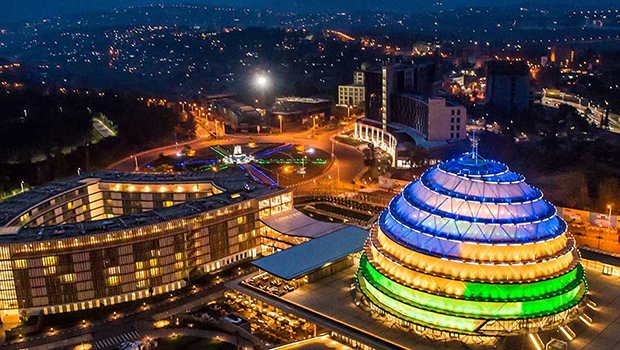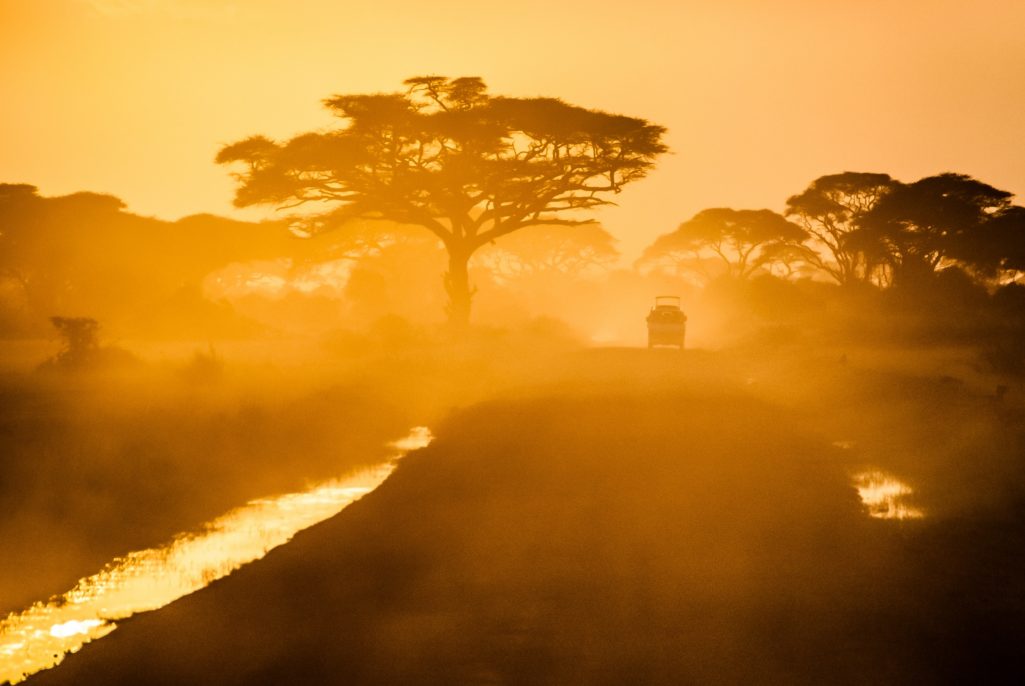Who Is Suffering More From Climate Change: Developed Or Developing Countries?

TAKE OUR POLL

Climate change is one of the greatest modern-day threats facing the world. The rise in the world’s temperature now threatens nature including all aspects of human life. Sadly, the impacts of the climate crisis seem to be hitting developing countries the hardest. Extreme and unpredictable weather events are threatening lives and livelihoods in these nations. Some regions are quickly becoming inhabitable as arable land turns into deserts. The opposite is happening in other regions, with extreme rainfall causing catastrophic floods.
Efforts to tackle global warming began in the 1990s. For over two decades, the UN has been organizing global climate summits dubbed “Conference of the Parties (COPS).” These summits bring together almost every nation on earth. The most recent is the UK-hosted COP26 held in Glasgow, Scotland, from Oct. 31 to Nov. 13. This climate conference brought nations together to quicken action towards the achievement of the goals of the UN Framework Convention on Climate Change and the Paris Agreement.
Emissions and Biggest Environmental Polluters
One of the talking points was the need to reduce emissions. The use of fossil fuels including coal, gas, and oil in factories, homes, and transport releases greenhouse gases, particularly carbon dioxide. It is these gases that cause environmental pollution and eventually climate change. According to a report published in October by the World Meteorological Organization (WMO), the concentration of carbon dioxide in 2020 reached 413.2 parts per million, which is 149% more compared to the pre-industrial level.
The developed nations led by China followed by the US are the biggest environmental polluters. According to Climate Trade statistics, China produces about 30% of global emissions while the US generates around 14%. The world is certainly off-track when it comes to limiting global heating to 1.5 degrees as set out in the Paris Agreement. While nations have pledged to reduce their emissions, current pledges can only help the world to achieve global warming of about 2.4 degrees. During COP26, parties agreed to gather again next year to make further pledges.
Developing Countries at the Receiving end of Climate Change?

Members at COP26 also agreed that rich nations should increase funding to help developing countries cope with the impacts of climate change. Surprisingly, developing nations, and the least developed in particular, contribute very little to environmental pollution, yet they suffer the most. Changes in climate and weather conditions in these countries are worsening problems related to heavy reliance on agriculture, existing poverty, and rapid population growth.
Many damages and losses have occurred in these states. The Lake Chad Basin is an example of the regions in Africa experiencing the impacts of extreme climatic conditions. According to the UN, the Lake Chad Basin has shrunk by nearly 90% since the 60s’ due to draught. Speaking about this region, 27-year-old Oladosu Adenike who was one of the African delegates at Glasgow said,
“The peace and stability in this region – in the Lake Chad region, the Sahel – it depends on when we are able to restore the lake and able to say that people can get sustainable livelihoods, for them not to be able to be vulnerable to join armed groups of people. And this will likewise improve democracy in the region.”
Disappointments regarding COP26 outcomes
Sadly, most developing countries have limited capacity to tackle problems arising from climatic changes. It is against this background that the developing world, especially the global south countries felt disappointed by the way COP26 talks unfolded. Representatives of developing countries claimed that many people were finding it harder to live safely because of the increasing losses and damages caused by the current climate crisis.
On this basis, these representatives tried unsuccessfully to convince members from rich nations to establish a new fund dedicated to the said damages. Instead of accepting this proposal, the US, EU, and other developed countries decided to initiate annual discussions to make “arrangements for the funding of activities to avert, minimize and address loss and damage.”
Developed countries can do more
The COP26 agreement sets out that developed nations will increase funding to poor countries. However, they have not fulfilled all that they pledged in the past. For example, they had pledged to provide $100 billion a year by 2020 but they missed to honor this pledge. Also, regarding the use of coal, which contributes up to 40% of carbon dioxide emissions every year, parties committed to “phase down” instead of “phase out” coal.
Bigger polluters should take more action to minimize their carbon emissions. But, can developing nations help to stop climate change? Well, there are quite a number of ways they can do so. According to the United Nations Framework Convention on Climate Change,
“States have, in accordance with the Charter of the United Nations and the principles of international law, the sovereign right to exploit their own resources pursuant to their own environmental and developmental policies, and the responsibility to ensure that activities within their jurisdiction or control do not cause damage to the environment of other States or of areas beyond the limits of national jurisdiction.”
This suggests that developing countries have a responsibility to reduce the environmental pollution they cause, no matter how minimal it is. They should enact legally binding legislation to caution institutions and companies within their jurisdictions from polluting the environment.
Also, actions like waging war against deforestation can go a long way. In addition, they ought to inform communities about emergency preparedness and early warning signs of climate-related disasters. Governments should also set aside funds to support those affected by losses and damages.
South Africa Refuses to Sign COP26 Coal Pledge

For the first time at a UN climate conference, countries discussed an explicit plan to scale down the use of coal. Forty institutions and countries signed a pledge to stop coal funding. However, South Africa did not sign it. The Minister of Environment, Forestry and Fisheries, Barbara Creecy, explained that her country would not commit itself to a pledge instituted on the sidelines of this year’s climate summit. She said,
“South Africa has not signed the move away from coal pledge. Our position in negotiations is that any decisions need to be made in the process of formal negotiations through the convention… I think that we would be worried about situations where there’s an increase in the tendency to set up platforms and pledges that are outside of the negotiation process. We think that it disadvantages developing countries.”
As climate change continues to cause different effects, countries across the world are affected differently. Many parts of Africa are likely to suffer food shortages and drought. Extreme rainfall and flooding are also likely to occur in other parts. If left unchecked, the effects of global heating have the ability to reverse significant developments made in the continent. Targets and pledges towards reducing and controlling climatic changes are crucial. However, nations need to quickly translate them into action to prevent climate catastrophes in the future.


 . What Do You Think?
. What Do You Think?



Responses